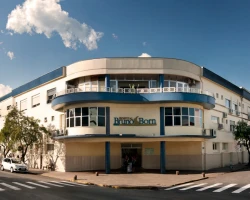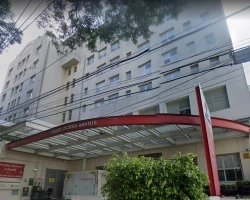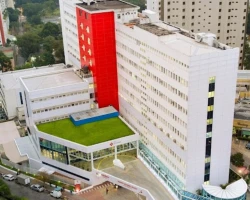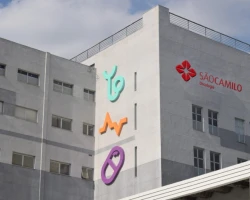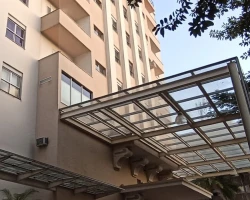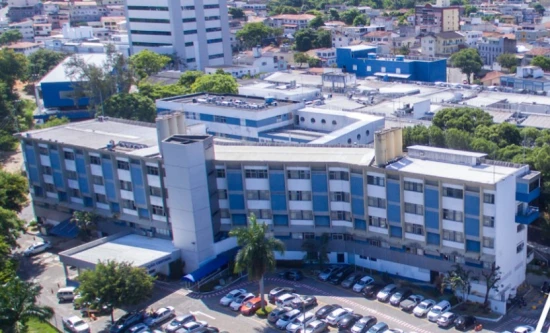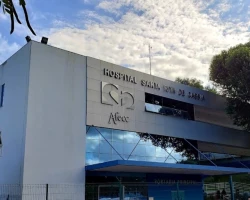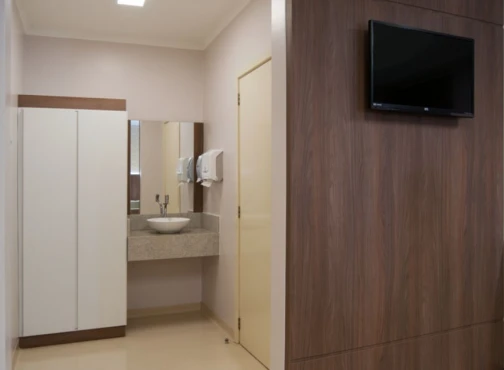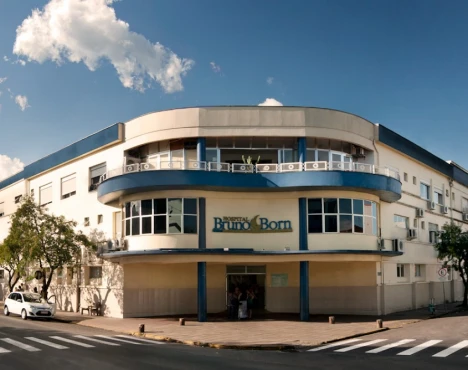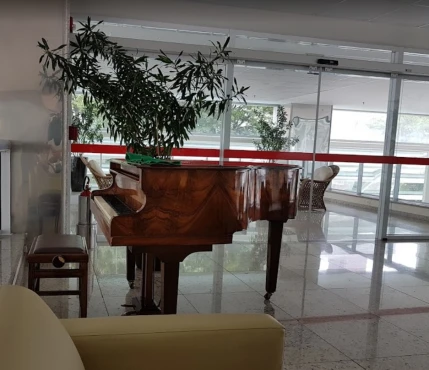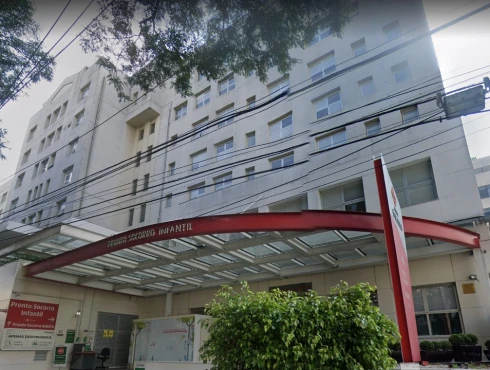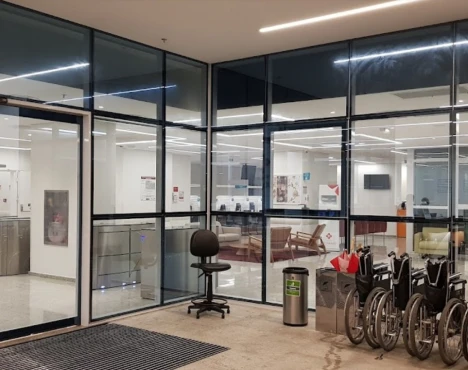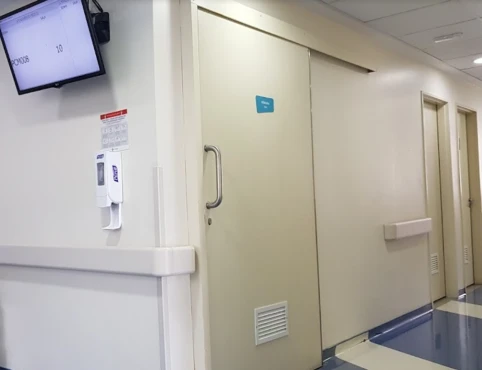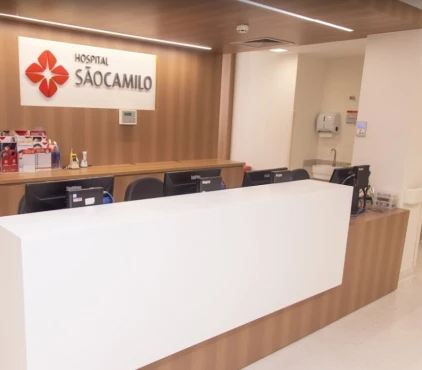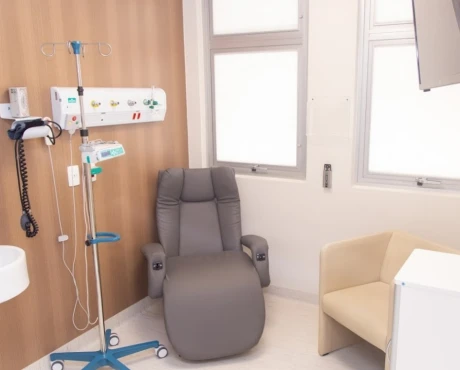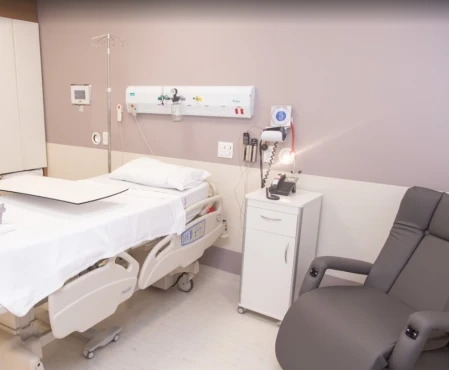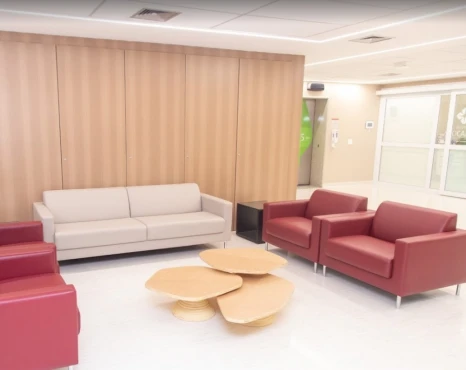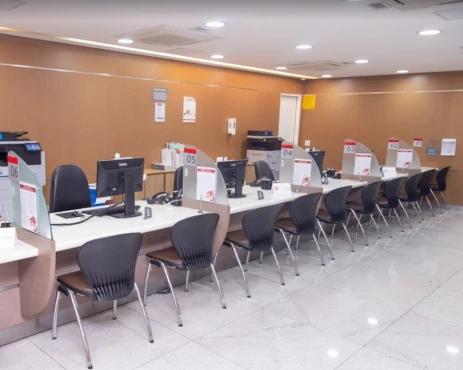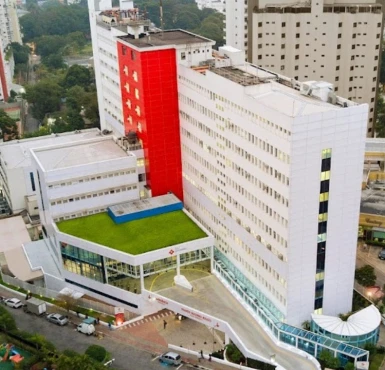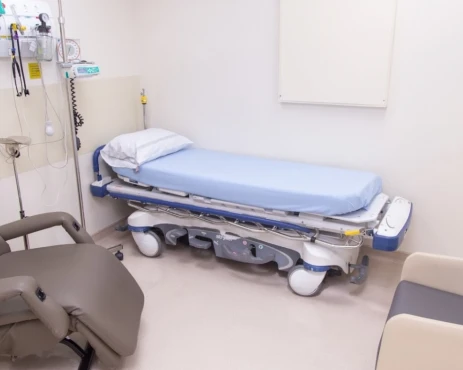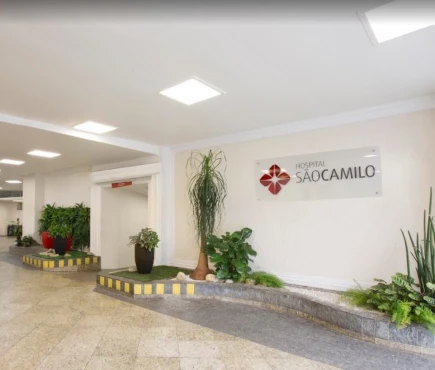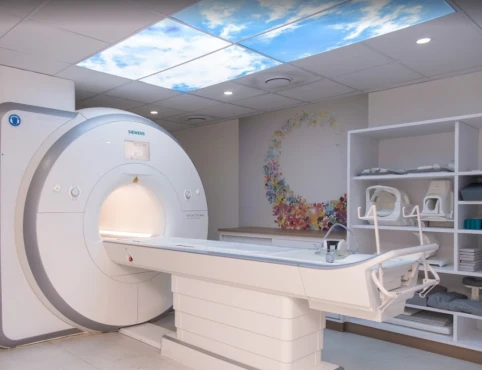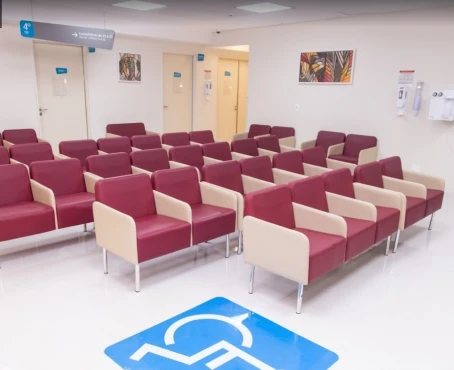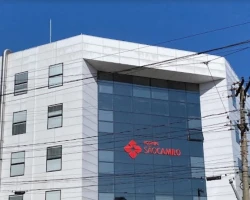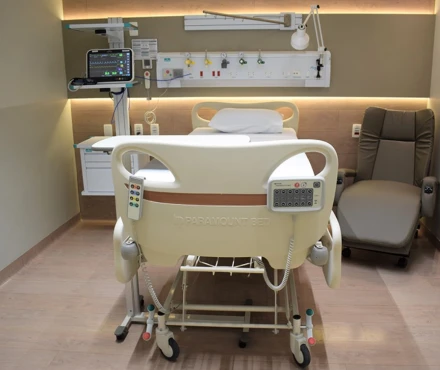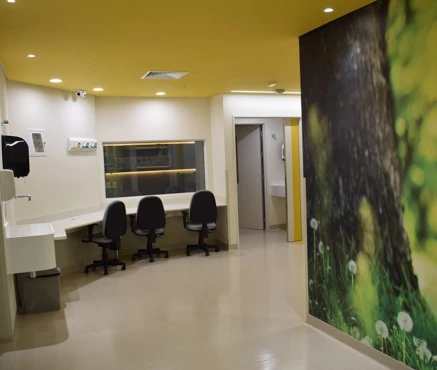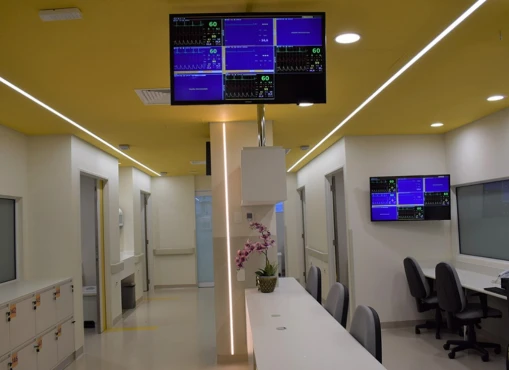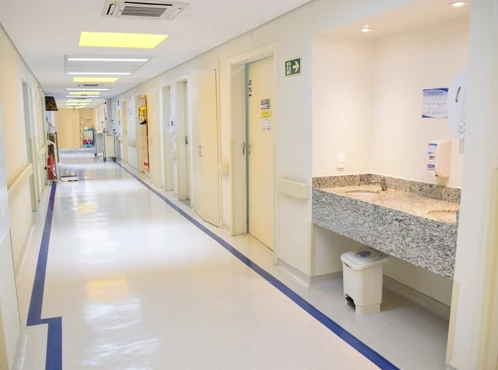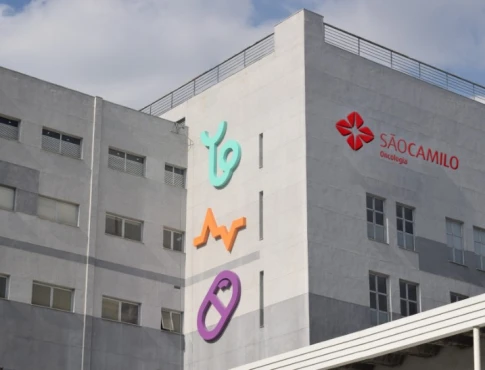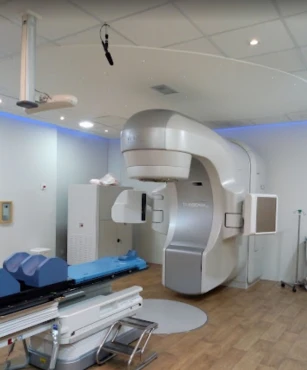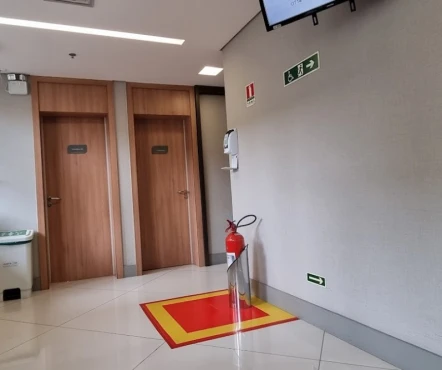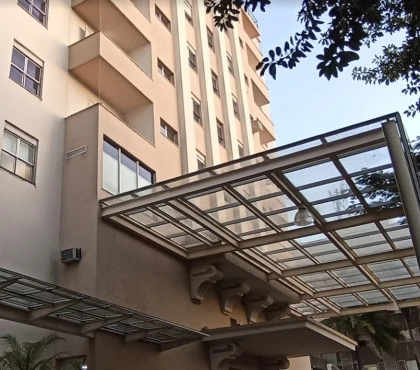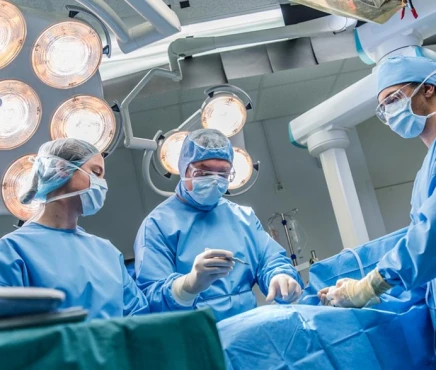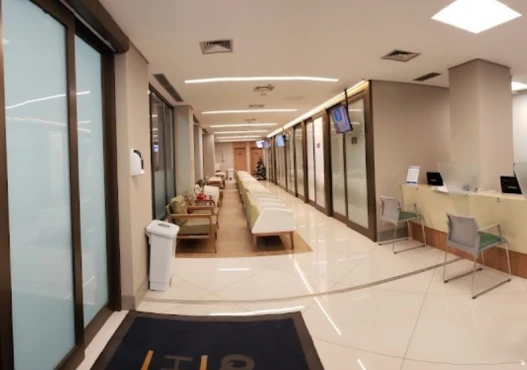from Sophia Iglesias
November 23, 2023
I am completely outraged and frustrated with the service provided by Hospital São Camilo at the Ipiranga Unit in recent months.
I had the misfortune of needing to go to the hospital a few times in a short period of time, and every time I went I had a terrible experience. But I'm going to focus on the day before yesterday, which was the last straw, and my cup of patience overflowed.
The day before yesterday (11/21) I went to the hospital at 11:05 pm, with a severe migraine, nausea and weakness. When I went through the triage, they didn't even check my temperature, my blood pressure was high (14/9) and as the nurse said “it must be nothing, it could be because of your pain”. So far I agree, it could be because of the pain or my pain could be because of the pressure. I received a GREEN bracelet! Taking into account that the hospital follows the Manchester protocol, because of my absurd pain (those who have migraines know what I'm talking about) and because of my high blood pressure, I shouldn't have to wait for care for 2 hours (which is what says the Manchester protocol for the color GREEN). But they gave me this bracelet, and several people passed in front of me, it took more than 2 hours to wait to speak to the doctor, that's why I showed my indignation at the delay, because if I had remained quiet I would have waited another 2 hours. And the reception says that other people passed in front of me because they were other doctors, or it was orthopedics, or a general surgeon or Covid. And they also reiterated “you already and next time, the doctor was collecting the returns” IN other words, more people passed in front of me who were being discharged from the hospital, and yet were already medicated. Therefore, I was forgotten at reception with the pain they call N°10! And everyone knows that the more irritated a person gets, the worse the pain and the worse the pressure. So seeing my despair, where I was almost fainting from the pain, the receptionist asked me to go to the triage to re-evaluate my condition. Arriving at the screening, the blessed one looks at my face and says “Well?” I explain that the reception asked to reevaluate me and he responds “How? The reception?" I said “yes, the reception, the girl who is there at the tables”, and he replied “Really the reception?” I said yes!" and I pointed to the person, then he looked like he wasn't happy and checked my blood pressure again, it was still 14/9!
After that I had to wait another 30 minutes until I was called, the receptionist was already desperate too, calling the hospital and informing them that I was feeling ill. Everyone passed by me, and did NOTHING!
I was called to the doctor's room at 1:11 am, they made me wait more than 2 hours for an appointment, which according to the Manchester protocol should have been attended to with an ORANGE bracelet, and within 10 minutes. I can and I feel entitled to say that it was a failure to provide help, as my clinical condition was delicate, and the screening data and my face did not deny this, quite the contrary, they affirmed it.
In a hospital like São Camilo, where I have been treated since I was 7 years old, when it still had the pediatrics area, you have left a LOT to be desired. You are a PRIVATE hospital, in case you forgot, if you are “short of professionals” hire more professionals. FOLLOW the protocol that YOU yourselves say you follow. Why a person almost fainting from pain, WITH ALL SURE IN THE WORLD, is not a green bracelet. And if it's too much to follow a WORLDWIDE protocol, STOP using and deceiving the people who will be served.
Don't give me speeches about “we were without doctors”, “the four doctors who were attending were from other areas”, “your high blood pressure must be nothing”, “can I give you medicine X?”, “they are taking care of cases more serious than yours”, “the doctors were just going through the returns” because I'm TIRED of your lame excuses. I prefer you to take the time you would spend responding to me and review your services and professionals, why I felt neglected and in a hospital that for me was an example.
